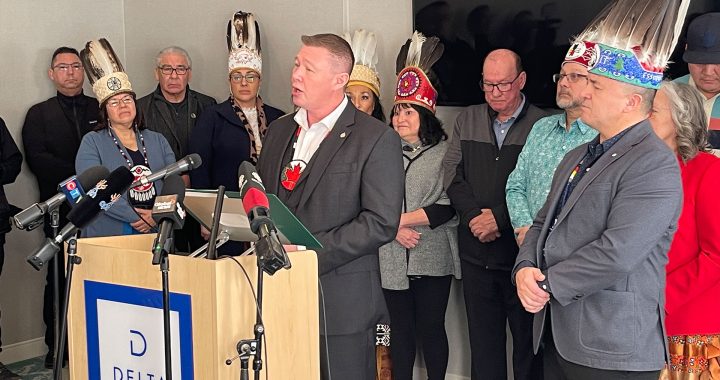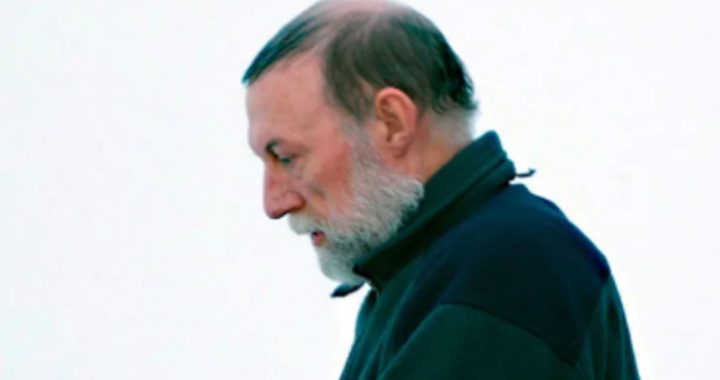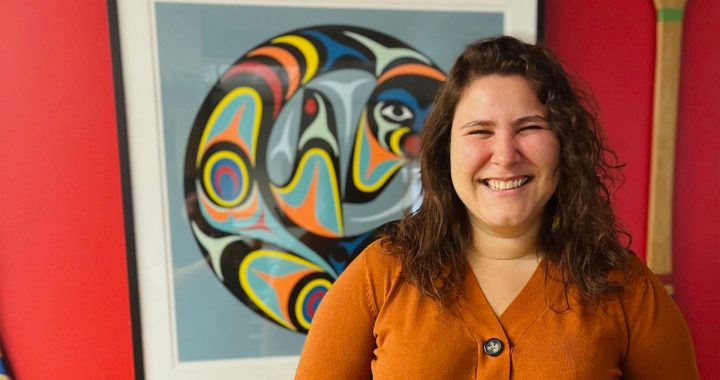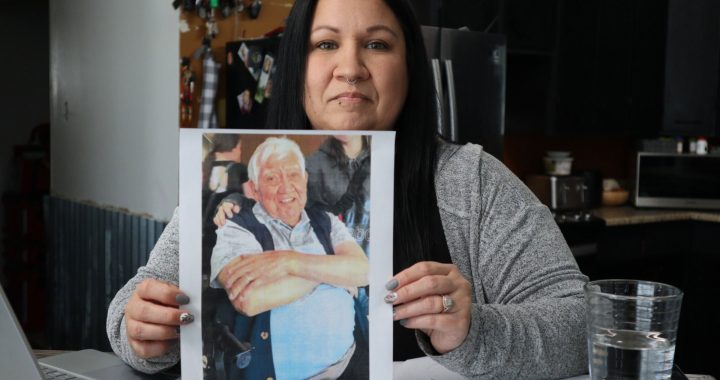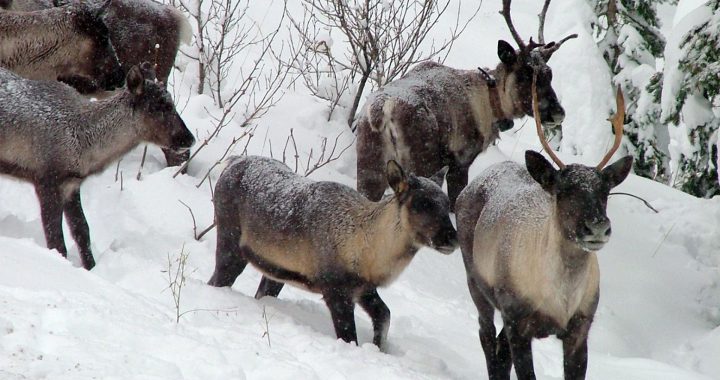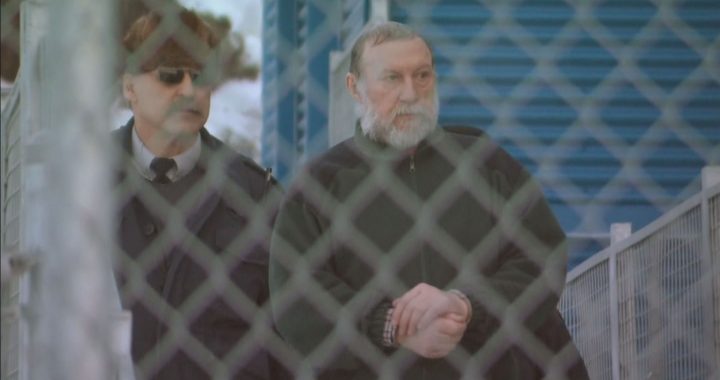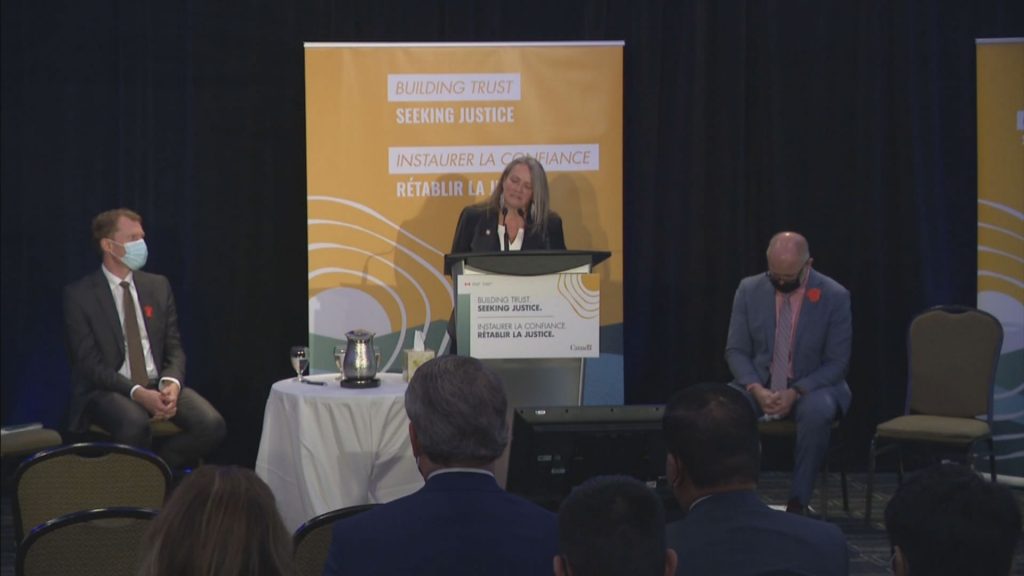
Murray is introduced as special interlocutor on unmarked graves during an Ottawa press conference on June 8. Photo: APTN
Searching for unmarked burial sites on the grounds of Canada’s oldest residential school was hard enough, but now Kimberly Murray now faces the daunting task of mapping a better way to approach this work countrywide.
“There are many anomalies on the grounds of the Mohawk Institute: the buildings that were there, the structures, the plumbing, the electrical lines. They’re all showing up,” Murray says on a podcast-exclusive episode of Nation to Nation. “It’s a long process, and all communities are saying this.”
Last week, federal Justice Minister David Lametti delivered on a 2021 Liberal election pledge when he tapped Murray, a member of the Kanesatake Mohawk Territory, to serve as the country’s new independent interlocutor on unmarked graves at former residential schools.
The role is one of facilitation and mediation. Her mandate is to talk with communities, identify their needs, and facilitate communication with Ottawa. In two years, she’ll deliver a final report describing her progress and recommending a new federal legal framework around this issue.
Murray is the Truth and Reconciliation Commission’s former executive director who, most recently, was directing ongoing grounds searches at the Mohawk Institute near Six Nations of the Grand River in southern Ontario.
The institute began taking on boarders in 1834 as a mission school and operated until 1970. Dubbed the Mush Hole after its bland, under-nourishing food, the Anglican-run institute was a place of disease, neglect, abuse and tremendous suffering.
During its investigation, the TRC learned the institute had two prison cells where truants were locked up for a week if they ran away. That is, if and when the Mounties tracked them down and snatched them up.
And there lies a problem now facing many communities.
How can survivors trust police, prosecutors and government officials to get justice for these atrocities when those same institutions created this assimilationist system masquerading as education?
“There have been challenges, so there’s lots of lessons learned, if you will, that communities can hear from the survivors at Six Nations about the barriers and the problems they’re having by bringing in the colonial police services,” she says.
“Many communities have said they don’t trust the police, for good reason. We have lots of studies and reports that have come out from inquiries about the failed justice system and in particular how it’s failed residential school survivors.”
Read more:
She points, for example, to the provincial police probe into horrific allegations of child abuse at St. Anne’s residential school in the James Bay region of northern Ontario. It eventually obtained four convictions.
But after survivors reached a settlement with several churches and the Canadian government, Ottawa initially withheld these documents from the compensation process, leading to accusations of coverup and a contentious legal struggle.
“There were police investigations. There were prosecutions. And they failed,” Murray tells N2N. “We really need to have that conversation as a community about how do we change the system. Because the system hasn’t worked, it hasn’t brought justice to many survivors.”
Murray’s role centres around tackling that issue. It doesn’t involve prosecutions or criminal investigation, but still promises to be tough.
There are complex, overlapping jurisdictional issues: Cemeteries and burial sites are governed provincially, but the federal government claims authority over First Nations reserves, and residential schools were federally operated.
Meanwhile, there’s denialism. On that issue, she says some Canadians have always supported First Nations, but others haven’t — and never will. However, she says the majority is in the middle, “and it’s those in the middle that we need to focus on.”
The first thing she recommends is reading the TRC’s findings.
“That’s the proof,” she says. “Children died in these schools. There’s no denying that. And they are buried on the grounds of Indian residential schools.”
Also on N2N, Conservative MP and Crown-Indigenous relations critic Gary Vidal says he was glad to see the appointment and wishes Murray luck in the new role.
But as the House of Commons heads toward summer break, he argues the Liberals are focusing too much on program spending that gets gummed up in the machinery of the Indigenous bureaucracy, creating a “missed opportunity” failing to produce results.
“Whenever I’ve asked a difficult question of one of the ministers, it’s always, ‘Well, look how much money we’ve spent on this.’ And that’s fine,” he says. “But my second question is always, ‘Well what outcomes have you achieved for that?’ We have to measure our success by the outcomes.”
But what exactly would a Tory government change?
For that answer, listen to the full interview above.






